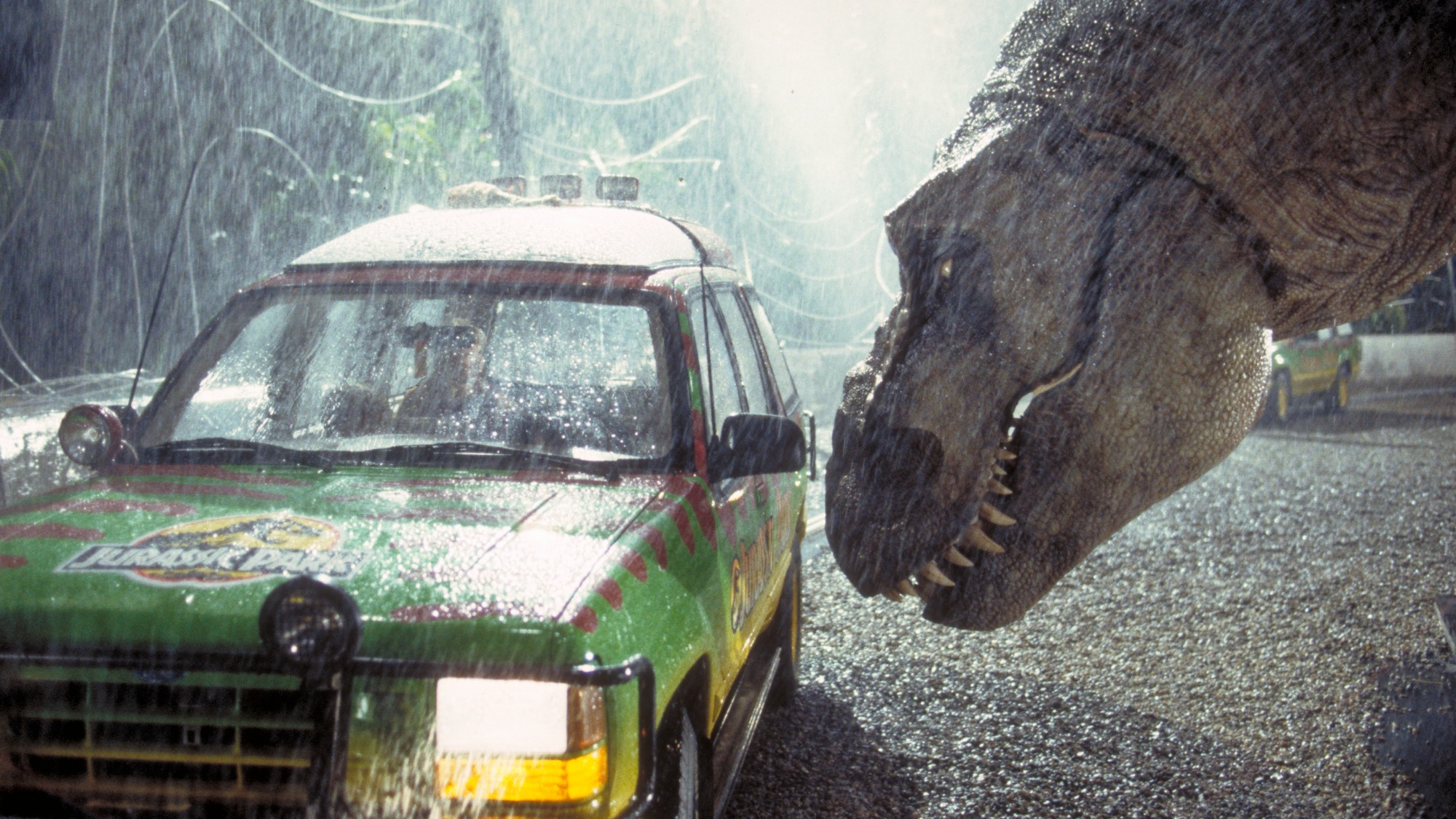

It’s been 30 years since Jurassic Park first roared into movie theaters with its dino DNA, vicious velociraptor attacks, and the cautionary reminder that “life finds a way.” The franchise has incrementally evolved alongside increased knowledge of what dinosaurs actually looked like—namely including some dinosaur feathers in the most recent film—and even inspired one of its young actors to join paleontologists on a dig. Even after centuries of digging and discovery, there are still numerous dino mysteries to uncover.
[Related: The real Jurassic Park may have been in the Arctic.]
In celebration of the film’s 30th birthday, here’s a look at some of the more recent and real-life news in the world of paleontology and dinosaurs.
The face of a changing planet
A newly discovered plant-eating dinosaur named Iani smith may have been the “last gasp” when the Earth’s climate warmed significantly around about 100 million years ago, leading to major changes in dinosaur populations around the world.
The dinosaur named for the two-faced Roman god of change belonged to a group of dinosaurs called ornithopods. These two-legged grazers eventually gave rise to the duckbill dinosaurs such as Parasaurolophus and Edmontosaurus. The skeleton of a juvenile dinosaur including limbs, vertebrates, and skull was uncovered at Utah’s Cedar Mountain Formation are described in a study published June 7 in the journal PLoS ONE.
Iani smithi lived in present-day Utah about 99 million years ago during the mid-Cretaceous. The bipedal creature boasts a powerful jaw with teeth that were designed to gnaw through tough plant material.
[Related: Jeff Goldblum on riding motorcycles—and feeling fear.]
“Iani may be the last surviving member of a lineage of dinosaurs that once thrived here in North America but were eventually supplanted by duckbill dinosaurs,” study co-author and paleontologist at North Carolina State University Lindsay Zanno said in a statement. Zanno is also the head of paleontology at the North Carolina Museum of Natural Sciences.

“Iani was alive during this transition—so this dinosaur really does symbolize a changing planet. This dinosaur stood on the precipice able to look back at the way North American ecosystems were in the past, but close enough to see the future coming like a bullet train. I think we can all relate to that,” Zanno added.
Prehistoric Britain’s semi-aquatic dinosaurs
A team of paleontologists studying a British dinosaur tooth concluded that multiple distinct groups of spinosaurs lived in southern England over 100 million years ago. Spinosaurs are a funny looking group of dinosaurs with crocodile-like skulls that were built for swimming.
In their study published June 1 in the journal PeerJ, a team from the University of Southampton’s EvoPalaeoLab performed a series of tests on a 140 million year old tooth found in a thick rock structure called the Wealden Supergroup in the early 20th century. The Wealden lies across southeastern England and was formed about 140 to 125 million years ago.
“While we can’t formally identify a new species from one tooth, we can say this spinosaur tooth doesn’t match any of the existing species we know about. Given how many individual teeth exist in collections, this could be just the tip of the iceberg and it’s quite possible that Britain may have once teemed with a diverse range of these semi-aquatic, fish-eating dinosaurs,” co-author and paleontologist Neil Gostling said in a statement.
The study’s results show that distinct and distantly related spinosaur types lived in the region during the Early Cretaceous period.
[Related from PopSci+: Why dinosaurs were terrible swimmers.]
Theropod to bird evolution: “We’ll just have to evolve too.”
Jurassic Park famously delves into the idea that some species of dinosaurs evolved into birds. Scientists are continuing to learn more about the physical changes that some prehistoric animals underwent in their journey to becoming today’s flighty fauna.
A study published June 5 in the journal Nature Ecology & Evolution quantified the evolutionary rate and physical disparities that occurred as some bulky dinosaurs evolved into lighter birds. The team saw a shift to low disparity and a slowed-down evolutionary rate around the time birds originated on the evolutionary tree. This decelerated rate of evolution may be due to a low rate of forelimb evolution.
“We believe that forelimb evolution has been constrained to the basic ‘blueprint’ needed for powered flight, and thus the morphospace that can be realized by early diverging avialans was limited,” study author Wang Min from the Chinese Academy of Sciences said in a statement.
In addition to these exciting new dinosaur discoveries, reminders of the film’s science continue through some funky virgin births in sharks and crocodiles, advances in CRISPR gene editing, and continued interest in bringing extinct species back to life.
